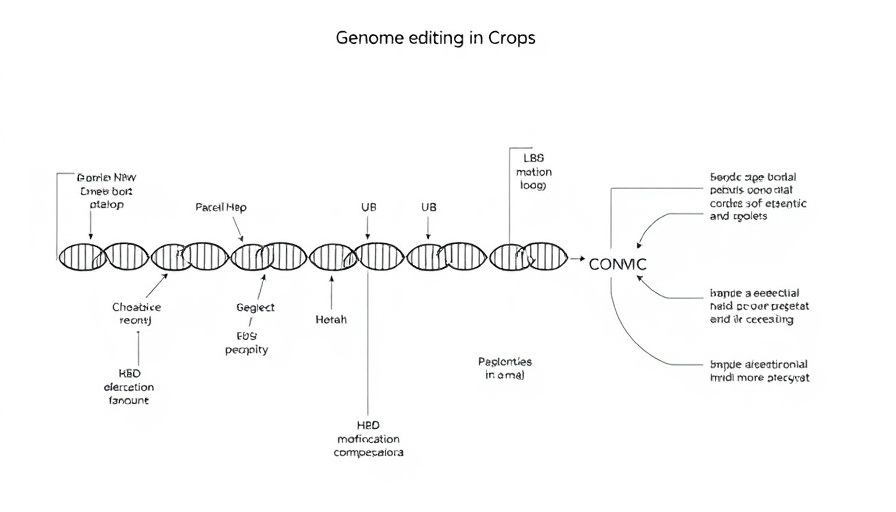
Transforming Agriculture: How New Genome Editing Techniques are Enhancing Crop Improvement
The recent advancements in genome editing techniques, particularly those leveraging CRISPR-Cas9, are revolutionizing agricultural practices, allowing scientists to partially inhibit gene functions in plants without causing lethality. This innovation, developed by researchers at Kumamoto University, provides an unprecedented opportunity to study essential genes that were previously difficult to analyze due to their critical nature for plant survival. This revolutionary method of introducing hypomorphic mutations permits the examination of vital plant genes such as the HPY2 gene, which plays a crucial role in cell division and growth.
New Farming Paradigms: The Power of Precision Breeding
This approach not only enables basic genetic research but also holds immense potential for agricultural applications. By fine-tuning gene activity instead of completely disabling them, cultivators can enhance desirable traits in crops. For instance, genes responsible for stress resistance can be modified to create resilient plants that can thrive even as climate conditions change, thus substantially improving crop yields.
Research shows that crops rendered more resistant to environmental stressors can reduce agricultural losses associated with climate variability. This is increasingly important as global temperatures rise and extreme weather becomes more frequent. Furthermore, genome editing allows for rapid responses to pests and diseases that threaten crops, making integrated pest management strategies more effective.
Addressing Global Food Security
As the world grapples with food security challenges owing to a growing population, the ability to enhance crops through precise genetic interventions may provide a holistic solution. According to experts, leveraging CRISPR technology can accelerate the development of crops that meet nutritional and agronomic standards. A significant benefit is the reduction in the time needed for traditional breeding methods, which often takes several years.
By facilitating the meticulous alteration of specific genes implicated in fruit quality and resistance against pathogens, scientists can create varieties that not only yield better but also offer improved nutritional content. Nutrient-enriched crops exemplify this potential, with specific gene edits enhancing vitamin content in staple crops, thereby catering to health-conscious consumers.
Regulatory Considerations and Future Prospects
While these developments are groundbreaking, they are accompanied by discussions around regulations and public acceptance of genetically edited organisms. Countries like the United States have taken a favorable stance towards gene-edited crops, classifying them differently from genetically modified organisms (GMOs), a distinction that could facilitate quicker pathways to market for these new varieties.
As research progresses, the focus will also be on expanding the genetic toolkit available to agricultural scientists. The discovery of new Cas proteins and systems with varied PAM (protospacer adjacent motif) sequences will enhance the versatility of genome editing. This growth in available tools will empower scientists to explore numerous genetic pathways connected to plant growth and resilience, paving the way for a new era of agricultural biotechnology.
Conclusions: A Bright Future for Crop Improvement
The journey from basic research to practical applications in agriculture is accelerating at an unprecedented rate. The techniques being explored today promise to address some of the most pressing challenges facing agricultural systems worldwide, ensuring global food security and sustainability. As the agricultural community continues to embrace these powerful tools, the future of farming looks to be bright indeed.
 Add Row
Add Row  Add
Add 




Write A Comment